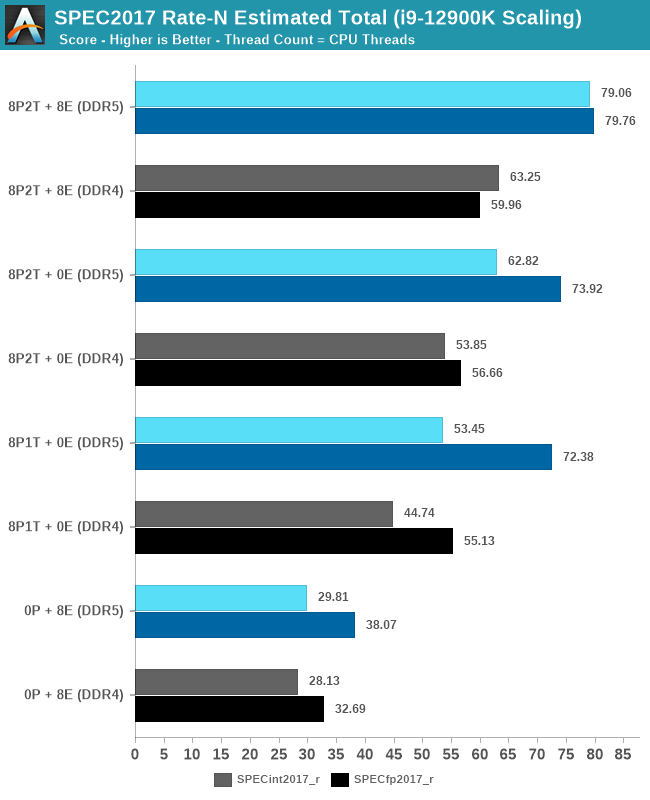Originally posted by TemplarGR
View Post
This mix-n-match is not a trick available to consumer platforms, which only support one socket.




Leave a comment: